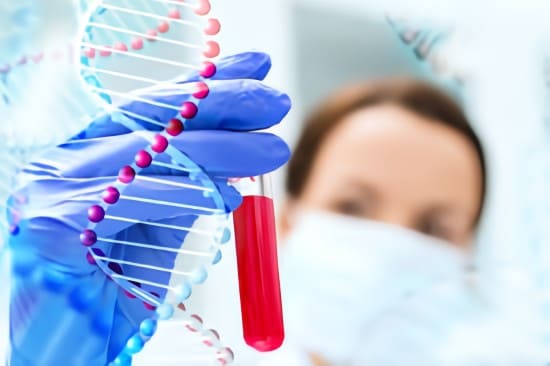DNA and Child Custody Ownership Investigations
DNA and Child Custody Ownership Investigations

DNA and Child Ownership Investigations :
DNA and child ownership investigations involve using genetic testing, typically through DNA analysis, to establish biological relationships between individuals, particularly in cases where parental or familial relationships
Sample Collection:
In DNA testing for child ownership investigations, samples are typically collected from the child and the alleged parents. This usually involves a simple cheek swab or saliva sample. Sometimes, samples from additional family members may be required to establish relationships conclusively.
Genetic Markers:
Various genetic markers, such as short tandem repeats (STRs) or single nucleotide polymorphisms (SNPs), are analyzed to assess genetic similarities between individuals. By comparing these markers, scientists can calculate the probability of biological relatedness.
Statistical Analysis:
The results of DNA analysis are interpreted statistically to determine the probability of paternity or maternity. This probability is expressed as a percentage, indicating the likelihood that the tested individuals are biologically related as claimed.
Legal Considerations:
DNA testing for child ownership investigations may have legal implications. Depending on the jurisdiction and the purpose of the investigation, the testing process may need to adhere to specific legal requirements, such as obtaining consent from all parties involved and ensuring the integrity and chain of custody of the samples.


